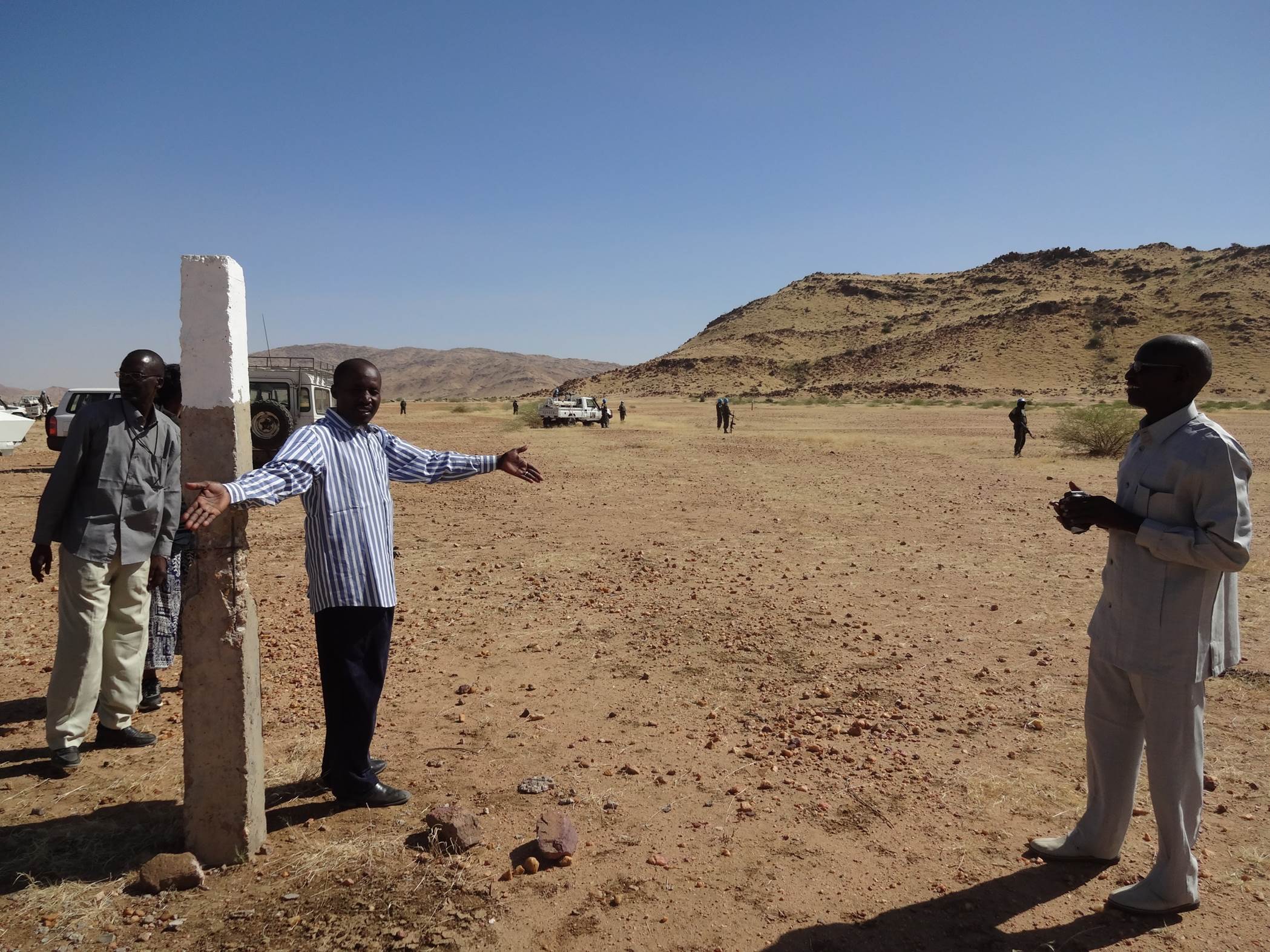Reforestation and revegetation was undertaken on degraded slopes and around a water treatment site to reduce erosion and flood risk. To provide seedlings for reforestation and agroforestry, community nurseries were set up.
Community-based agroforestry was established on 15ha to provide additional livelihood support to 20 households. It is based on an 8year rotational cycle of crop production and forestry (over 8 parcels, one added each year), which allows for the sustainable management of land and the reduction of soil erosion. Three types of plants are cultivated within a given parcel, namely acacia, cassava and cowpeas, which provide complementary benefits. Bee-keeping also is undertaken. The produce from all this increases income annually for all households, who manage it together. The households, the landowner and the association who have an agreement, whereby 50% of yields go to the farmers, 25% to the association and 25% to the landowner.
Expected income from 1ha, year 1: 3,000USD from production of 100 bags of charcoal from stumps + 6,250USD from harvest of 2,500kg of cowpeas; year 2: 9,615USD from 6,410kg of cassava; year 3-7: 7,000USD from 1,000L of honey; year 8: 35,000USD from 1,750 bags of charcoal produced from mature acacia trees.
The valuation method 'Integrated Valuation of Environmental Services and Tradeoffs' (InVest) was used to determine field intervention sites by modelling soil erosion potential under different management options. The relatively low data requirements of the InVest model and the fact that it takes into account both the geophysical and ecological characteristics of the area in measuring soil erosion potential make the InVest model highly suitable for EbA/Eco-DRR planning and for data-poor countries.
Delivering multiple benefits and providing tangible evidence thereof is important for community uptake. Prior to the project, charcoal production and slash and burn agriculture were the main activities. The farmers were unfamiliar with agroforestry and believed the land chosen for the project unsuitable for agriculture.
The overall success was evident by the strong community up-take of the interventions, guided by experienced local partners, and the high survival rate (98%) of the agroforestry trees planted.
However, because of the fact that these were demonstration sites, members of the community not chosen and thus not accessing benefits were unhappy. In one case, fire was deliberately set to destroy a reforestation site. Thus in future, it is important to be mindful of local sensitivities and ensuring that project benefits are shared as broadly as possible, in order to minimize conflict between resource users. It also highlights the limitations of pilot projects.
